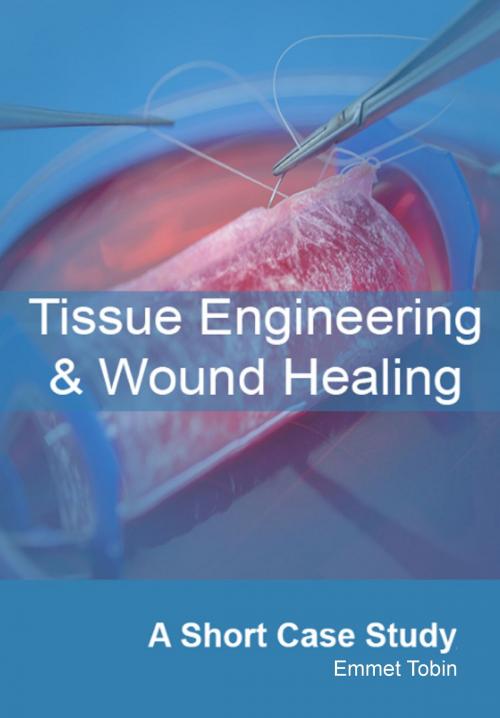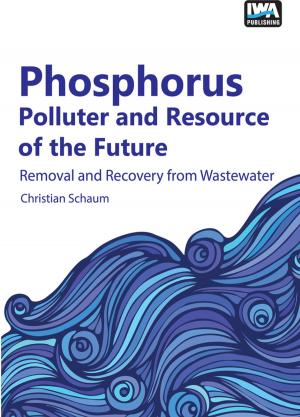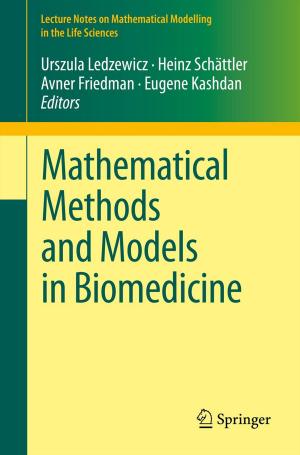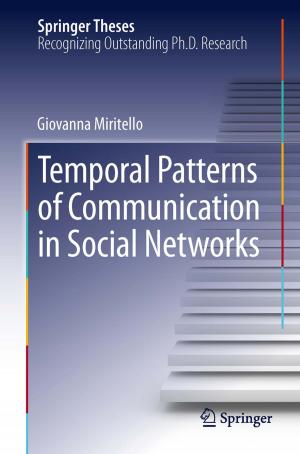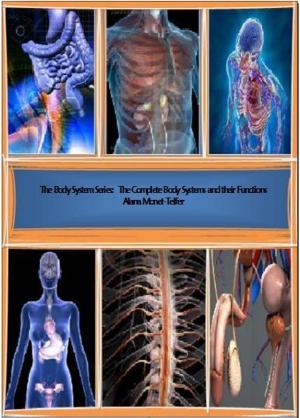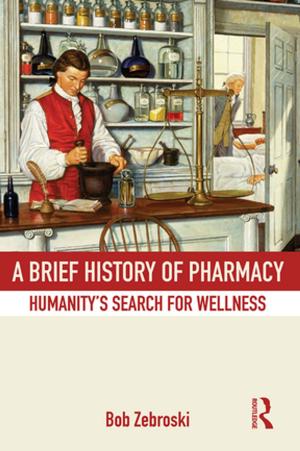Tissue Engineering and Wound Healing: A Short Case Study
Nonfiction, Science & Nature, Science, Biological Sciences, Biochemistry, Other Sciences, Applied Sciences| Author: | Emmet Tobin | ISBN: | 9781311848789 |
| Publisher: | Emmet Tobin | Publication: | June 12, 2016 |
| Imprint: | Smashwords Edition | Language: | English |
| Author: | Emmet Tobin |
| ISBN: | 9781311848789 |
| Publisher: | Emmet Tobin |
| Publication: | June 12, 2016 |
| Imprint: | Smashwords Edition |
| Language: | English |
This eBook aims to provide a summary of the guiding themes along with some simple methodologies in (i) Tissue engineering and regenerative medicine and (ii) factors that influence the re-epithelial and tissue regeneration in wound healing. Tissue engineering involves the application of biological and engineering principles to achieve the repair, regeneration or replacement of failing or damaged organs. This dissertation examines the role of the extracellular matrix proteins, collagen and fibronectin along with transforming growth factor ß-3 (TGF ß-3) in skin tissue engineering and wound repair. The biological mechanisms associated with the ‘taking of grafts’ and normal wound healing is examined. Experimental studies investigated the role of transforming growth factor ß-3 on cell behaviour in combination with extracellular matrix patterns of collagen and fibronectin. Differences in the cell behaviour ‘in vitro’ can be attributed to the interaction of different protein-specific integrins during cell-cell and cell-matrix attachment.
Detachment studies of protein treated surfaces and cells illustrated the variation in detachment times of collagen and fibronectin and TGF- β-3 treated culture flasks.
The use of skin substitutes is still not widespread and lacks a ‘one-step process’. Various short comings were identified such as high costs; susceptibility to infection and long lead times which all diminish the effectiveness of skin replacements.
Cell guidance and behaviour directly impact upon the healing mechanisms and scarring profiles in skin tissue. With a deeper understanding of Cellular communication, the immune system, wound repair, and current skin equivalents we can develop skin substitutes to better mimic native tissue and also optimise conditions for favourable wound closure and scar resolution.
This eBook aims to provide a summary of the guiding themes along with some simple methodologies in (i) Tissue engineering and regenerative medicine and (ii) factors that influence the re-epithelial and tissue regeneration in wound healing. Tissue engineering involves the application of biological and engineering principles to achieve the repair, regeneration or replacement of failing or damaged organs. This dissertation examines the role of the extracellular matrix proteins, collagen and fibronectin along with transforming growth factor ß-3 (TGF ß-3) in skin tissue engineering and wound repair. The biological mechanisms associated with the ‘taking of grafts’ and normal wound healing is examined. Experimental studies investigated the role of transforming growth factor ß-3 on cell behaviour in combination with extracellular matrix patterns of collagen and fibronectin. Differences in the cell behaviour ‘in vitro’ can be attributed to the interaction of different protein-specific integrins during cell-cell and cell-matrix attachment.
Detachment studies of protein treated surfaces and cells illustrated the variation in detachment times of collagen and fibronectin and TGF- β-3 treated culture flasks.
The use of skin substitutes is still not widespread and lacks a ‘one-step process’. Various short comings were identified such as high costs; susceptibility to infection and long lead times which all diminish the effectiveness of skin replacements.
Cell guidance and behaviour directly impact upon the healing mechanisms and scarring profiles in skin tissue. With a deeper understanding of Cellular communication, the immune system, wound repair, and current skin equivalents we can develop skin substitutes to better mimic native tissue and also optimise conditions for favourable wound closure and scar resolution.
